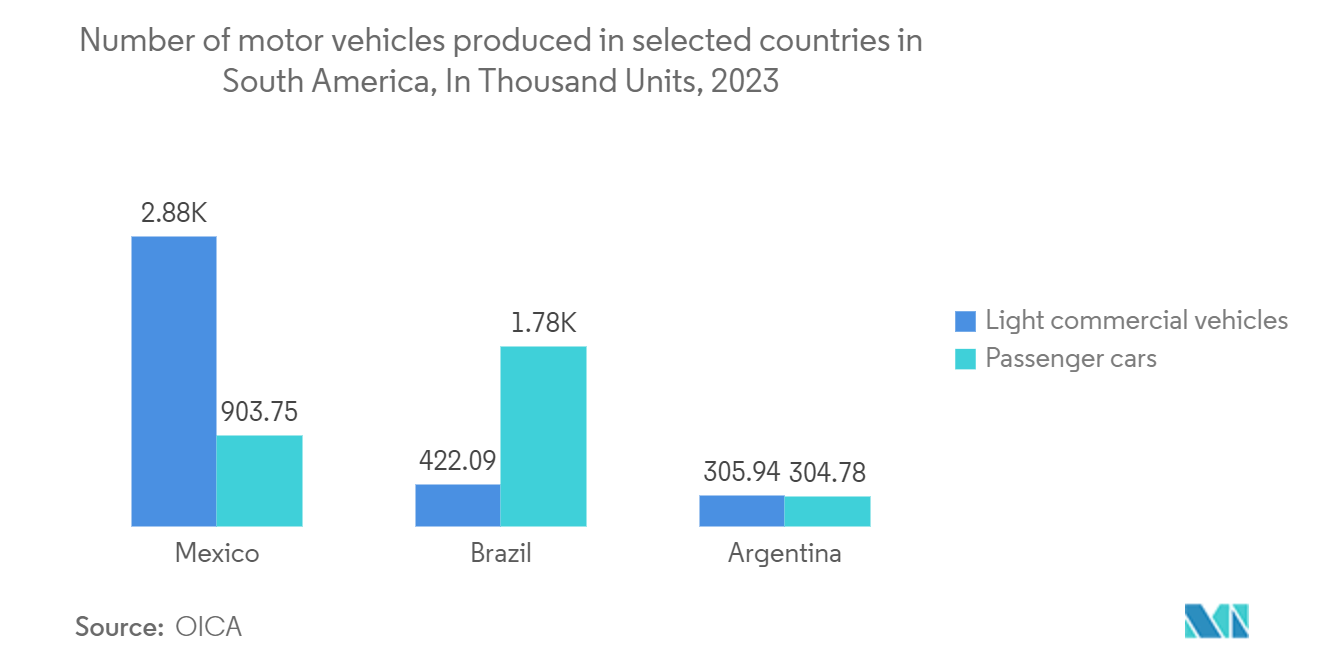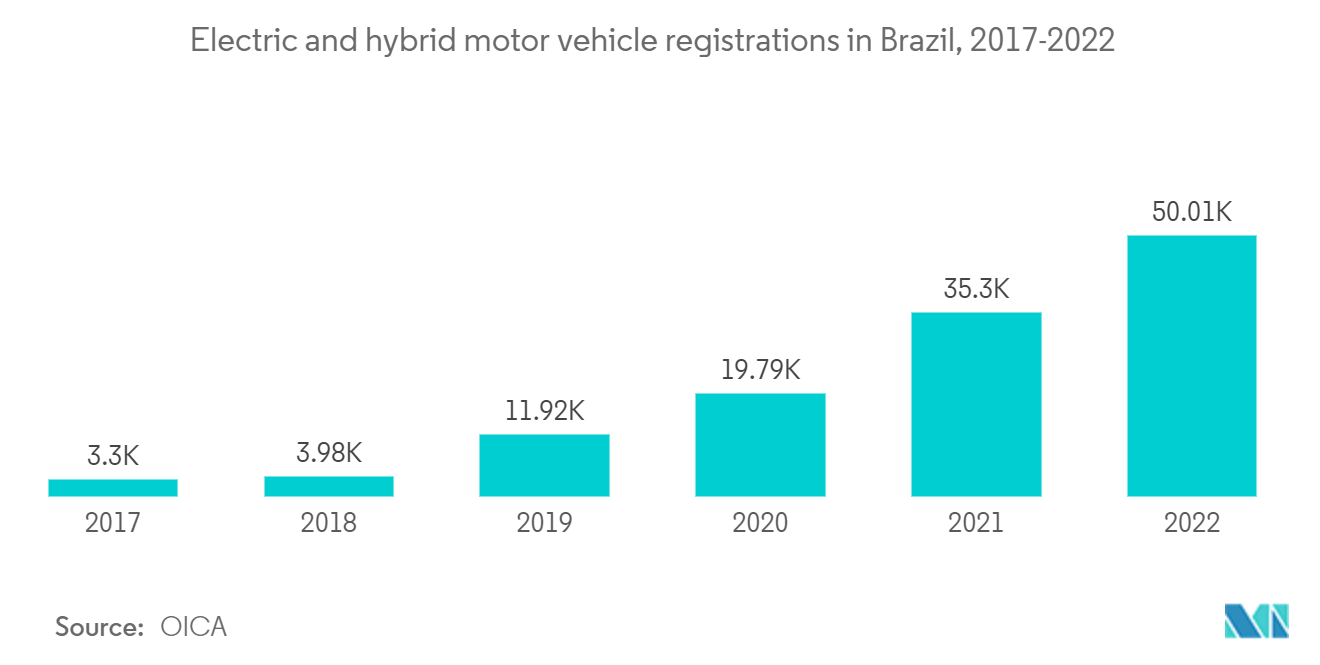Market Trends of South America Automotive Industry
Brazil, Argentina, and Mexico to Drive the Market
The automotive market in South America is expected to be driven by Brazil, Argentina, and Mexico due to their large populations, growing economies, and increasing demand for vehicles.
In Brazil, the government has announced plans to reduce taxes on electric vehicles, aiming to increase their adoption. In January 2024, the Brazilian government reduced the tax on electric vehicles from 30% to 15%. Additionally, companies like General Motors and Volkswagen have invested heavily in the country, with GM launching a new production line in São Paulo in March 2023.
In the case of Argentina, the government has implemented regulations to promote the production of electric vehicles, such as tax exemptions and subsidies for manufacturers. In April 2024, the Argentine government announced a new incentive program for electric vehicle production, aiming to attract investments from global manufacturers. Companies like Toyota and Ford have already announced plans to expand their operations in the country.
The Mexican government has established programs to encourage the adoption of electric vehicles, such as a subsidy program for consumers. In June 2023, the Mexican government launched a new program to provide incentives for the purchase of electric vehicles, aiming to reduce emissions and improve air quality. Also, companies like Nissan and Kia have already invested in the country, with Nissan launching a new electric vehicle production line in Aguascalientes in November 2023.

Electric Vehicles are Expected to Witness Significant Growth
The electric vehicle market in South America is experiencing a surge in growth, driven by a combination of factors. One major reason is the increasing awareness among consumers about the environmental benefits of electric vehicles, leading to a shift in preference toward eco-friendly transportation. Additionally, governments in the region are implementing regulations and incentives to encourage the adoption of electric vehicles, such as tax exemptions, subsidies, and investments in charging infrastructure.
As a result, the market is witnessing a trend of rapid expansion, with new companies entering the fray and existing ones launching new models. For instance,
- BYD, a Chinese electric vehicle manufacturer, entered the Brazilian market in June 2023
- Toyota Argentina will begin producing the Hiace in 2024 at its plant in Zárate, investing USD 50 million and creating new job opportunities in the region. With an annual production capacity of 20,000 units, the plant will meet domestic demand and export to neighboring countries, including Brazil, as part of Toyota's growth strategy in Latin America.
- Chevrolet launched its Bolt electric car in Colombia, and Mercedes-Benz introduced its electric EQS 580 in the region.
Government regulations are playing a crucial role in driving this growth. Colombia, for example, has set a target of having 600,000 electric vehicles on its roads by 2030, while Brazil implemented a tax exemption policy for electric vehicles. Argentina has also announced incentives for electric vehicle production, attracting investments from global manufacturers. These regulations encourage consumers to opt for electric vehicles, attract new investments, and drive innovation in the industry.
The future of the electric vehicle market in South America is promising, with new model launches and investments in charging infrastructure on the horizon. As the market continues to grow, the consumer can expect to see more companies entering the region, new technologies emerging, and a shift toward sustainable transportation. With governments, companies, and consumers all playing their part, the electric vehicle revolution in South America is set to transform the way people move around in the region.


